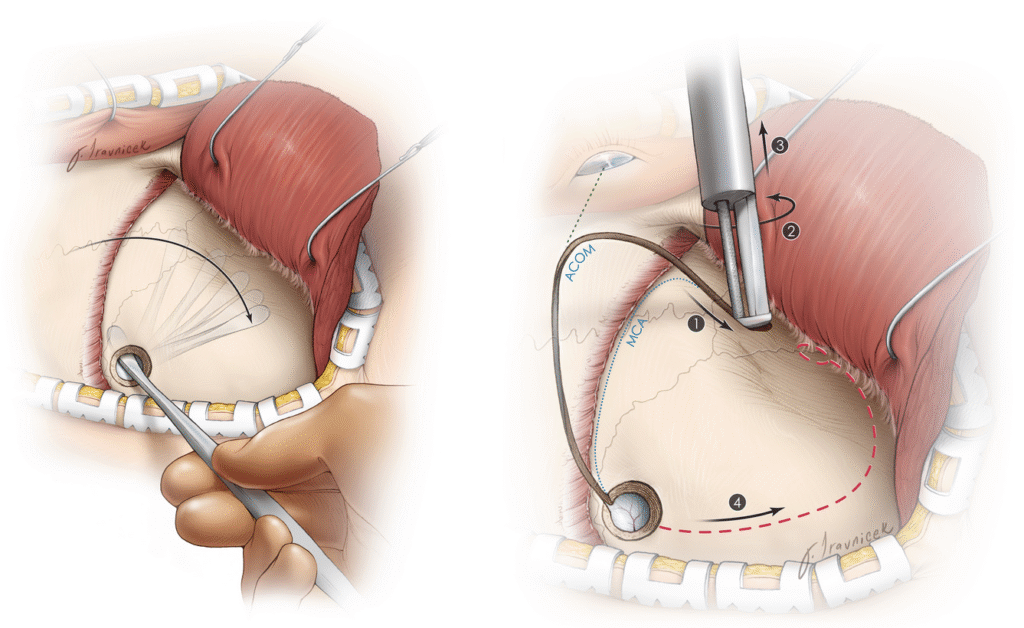This technique is introduced by researcher’s at UVA health to treat creberal cavernomas.
What is cavernomas:
A cavernoma in the brain is called a cerebral cavernous malformation or CCM. The blood vessels in cavernomas are weak and thin and can leak blood into the surrounding brain or spinal cord tissue . This leak can damage surrounding brain tissue and cause ongoing neurological problems. Cavernomas are abnormal clusters of vessels with small bubbles filled with blood that make them look like a jerry.
Is it a rare disease: Cavernomas with symptoms is a rare disease and on a research symptoms are shown in 1 out of 1000 people. People who have a DVA (Developmental venous anomaly) may be a greater risk. Through surgery cavernomas go away.
Research: This technique use microbubbles which are gas filled molecules and it use to open protective barrier of brain and also to stunt growth of malformations. Malformation is irregular , abnormal or faulty formation of structure. Spina bifida, cleft lip and neural tube defects are it’s examples.
Benefits of Revolutionary incision-free technique:
In this new technique no surgery is required like the risk of stereotactic radiosurgery is eliminated. No drugs are require , no medications so this is a very beneficial technique . Many researches are claiming this technique will also help to decrease after effects and it’s a very beneficial technique and a successful one too.
Require time : According to a study by US the growth of brain cavernomas stop just after one month by 94%. These are effects of first treatment right now it’s not unclear or studied how many treatments are require to get complete success. The non- invasive technique stunts the growth of CCM , reducing the complications.

Before the technique surgery is use to treat creberal cavernomas. Their pharmacological treatments were ROCK inhibitors, beta adrenergic receptors antagonist, antithrombotics and mTOR inhibitors. This common neurological movement disorder causes uncontrollable shaking, most often in the hands, but it can also occur in the arms and legs.
G. Rees Cosgrove, MD, FRCSC
( an internationally acclaimed expert in stereotactic and function neurosurgery with over 35 of experience) said : “The results of this study will help make the procedure even more safe and effective than it already is “ Now after further studies they will tell about it’s effects and number of times treatment. Right now the team is planning to further analyze patient data to present a more detailed of this new technology. After further research it will be studied how patient outcome has improve. The end.




